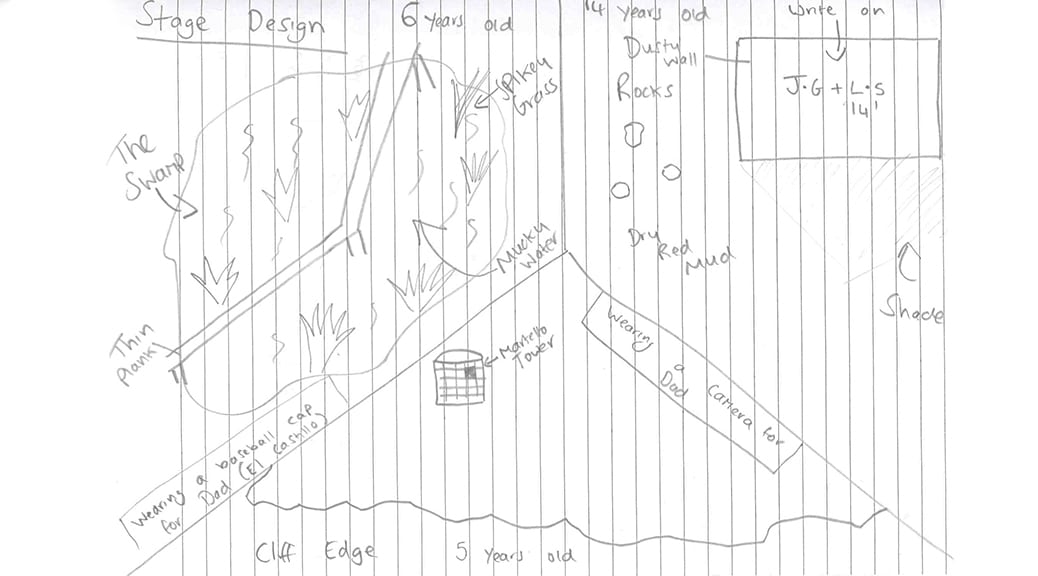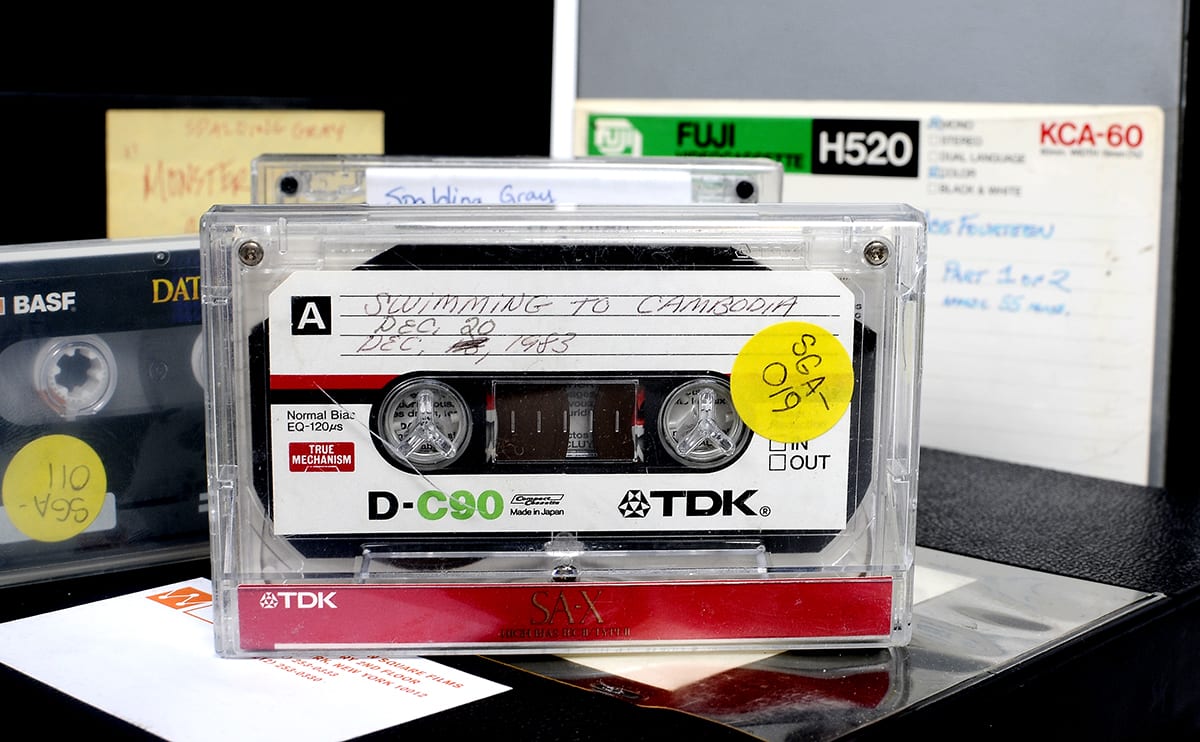During my group and I’s meeting (in which we were working on our presentation on Chris Goode) we took a short break and began to talk about Yu-Gi-Oh! – a trading card game that revolves around battling monsters with varying cards. This reminded my time on holiday, as the first time I ever purchased some Yu-Gi-Oh! cards and began playing the game was in Menorca. Later that night, I decided to download the Yu-Gi-Oh! app on my iPhone and relive some old memories of playing as a child. From this, I began to think about creating my own card game. Whilst it would be in some ways like Yu-Gi-Oh! I would not want to copy it.
Below is some information that I created for the game:
Game name: Sleight
Players: 2
Requirements: 2 different coloured/patterned deck of cards
Rules:
Players take it in turns to attack and defend. The goal of the game is to reduce the opponents HP to zero whilst defending themselves. The starting HP values will be decided by the players, but it is recommended that the starting HP is no lower than sixty. Each player has thirty cards in their deck, consisting of three of each numbered card (Ace-10). Aces are valued as a 1.
The player starts with five cards in their hand which are drawn from the top of the respective player’s deck. The cards should be shuffled.
The first player to attack is decided by flipping a coin. Damage is inflicted to a player when the attacker’s score is higher than the defender’s score:
Attacker’s score – Defender’s score = Damage dealt
The attacker must lay their cards down first (face down). The defender then lays down their cards (vertically if defending, horizontally if deflecting). Both players reveal their cards and calculate the outcome. Used cards are either placed at the bottom of the deck or in the ‘Grave’ pile.
At the end of each turn (when the player roles switch) both players draw a single card from their deck unless they already have a full hand (five cards). If the defender’s score is higher, they will receive no damage. If the attacker’s score is higher than the defender’s ‘Deflect’ score, the full amount of damage is dealt. If the defender’s ‘Deflect’ score is higher, no damage is received and the attacker’s cards ‘Break’.
Below are the options the attacker and defender have when making their move in more detail.
Attacker:
- Attack- A basic attack consisting of one to three cards. The attack value is the sum of all the cards. For example, putting down a 4, a 5 and a 6 would result in an attack score of 15.
When only using one card:
- If the attacker beats the defenders score, the card is returned to the bottom of the player’s deck. If the defender beats the attackers score, the card is sent to the ‘Grave’ pile. If the defender uses ‘Deflect’ and ‘Breaks’ the attackers card, it is placed into the ‘Grave’ pile.
When using two or three cards:
- If the attacker beats the defenders score, the cards are returned to the bottom of the player’s deck. If the defender beats the attackers score, the highest value card is move to the ‘Grave’ pile. If the defender uses ‘Deflect’ and ‘Breaks’ the attacker’s cards, all cards are placed into the ‘Grave’ pile.
- Sleight– If a player has three of the same card, for example three 5s, they can perform a ‘Sleight’. A ‘Sleight’ is a powerful attack that always results in an attack score of 40 regardless of the cards that are used to activate it.
- Revive– The player does not attack but instead ‘Revives’ all cards from the ‘Grave’ pile and returns them to the bottom of the player’s deck. If the attacker uses this move, the defender will automatically ‘Restock’ their cards. If there are no cards to ‘Revive’, the attacker cannot use this move.
Defender:
- Defend- A basic defence move consisting of one to three cards. The defence value is the sum of all the cards. For example, putting down a 3, a 4 and a 5 would result in a defence score of 12. A defender can use a ‘Sleight’ whilst defending resulting in a defence score of 40.
When only using one card:
- If the defender’s score is higher than the attacker’s score, the card is returned to the bottom of the player’s deck. If the attacker’s score is higher than the defender’s score, the card is sent to the ‘Grave’ pile.
When using two or three cards:
- If the defender’s score is higher than the attacker’s score, all cards are returned to the bottom of the player’s deck. If the attacker’s score is higher than the defender’s score, the highest card is sent to the ‘Grave’ pile.
- Deflect- An advanced defence move consisting of one to three cards. The deflect score is the sum of all the cards. If the defenders deflect score is higher than the attacker’s score, then no damage is dealt and the cards ‘Break’ (sending all the attacker’s cards into the ‘Grave’ pile). If the defenders deflect score is lower than the attacker’s score, then the full amount of damage is dealt. If the Deflect score and the attacker’s score are equal then half damage is dealt (if this results in a decimal number, the damage is rounded up). Using an Ace whilst deflecting will instantly destroy the attacker’s hand regardless of its score (including Sleights).
When only using one card:
- If the defenders deflect score is higher than the attacker’s score, the card is returned to the bottom of the player’s deck. If the attacker’s score is higher than the defenders deflect score, the card is sent to the ‘Grave’ pile. If the Deflect score and the attacker’s score are equal then half damage is dealt (if this results in a decimal number, the damage is rounded up).
When using two or three cards:
- If the defenders deflect score is higher than the attacker’s score, all cards are returned to the bottom of the player’s deck. If the attacker’s score is higher than the defenders deflect score, the highest card is sent to the ‘Grave’ pile. If the Deflect score and the attacker’s score are equal then half damage is dealt (if this results in a decimal number, the damage is rounded up).
When a ‘Deflect’ is successful, the opponents card(s) ‘Break’. This sends all the attacker’s cards into the ‘Grave’ pile. Additionally, in the following turn the player whose cards were broken receives double damage. For example, if the attacking player (player 1) lays a score of 15 but the defending player (player 2) lays a deflecting score of 18, the attacker’s cards will ‘Break’. In the following turn, player 2’s attack is doubled. If player 2 were to lay a score of 10, it would double to 20. This applies to ‘Sleights’- meaning the highest amount of damage that can be dealt is 80HP.
- Restock- The player does not defend but instead restocks their hand so that they are holding five cards.
Equal Scores:
When only using one card:
- In an instance when both player’s cards are equal, both are returned to the bottom of the respective player’s decks regardless of the outcome.
When using two or three cards:
- In an instance when both players scores are equal, all cards are returned to the bottom of the respective player’s decks regardless of the outcome.
Sleight Dual- In an instance in which both the attacker and defender use a ‘Sleight’ the winner is determined by the highest sum of all three cards. For example, three 7s would beat three 5s. If the attacker wins, 40HP damage is dealt, if the defender wins no damage is dealt. If the defender was using the ‘Sleight’ as a ‘Deflect’ and wins the dual, the attacker’s cards ‘Break’. If the ‘Deflect’ loses however, 20HP damage is done. Whoever loses the ‘Sleight Dual’ has their card placed in the ‘Grave’ pile. The winner’s cards are placed at the bottom of their deck.
If a ‘Sleight’ is used after ‘Breaking’ the opponent’s cards and a ‘Sleight’ is also used by the defender, 40 damage is dealt.
Happy dueling!
————————————————————————————————————
Wikihow, (2016) Set of Cards [Online]. Available at: http://www.wikihow.com/images/c/c0/Play-Pig-(Card-Game)-Step-17-Version-2.jpg [Accessed 24 February 2017].






